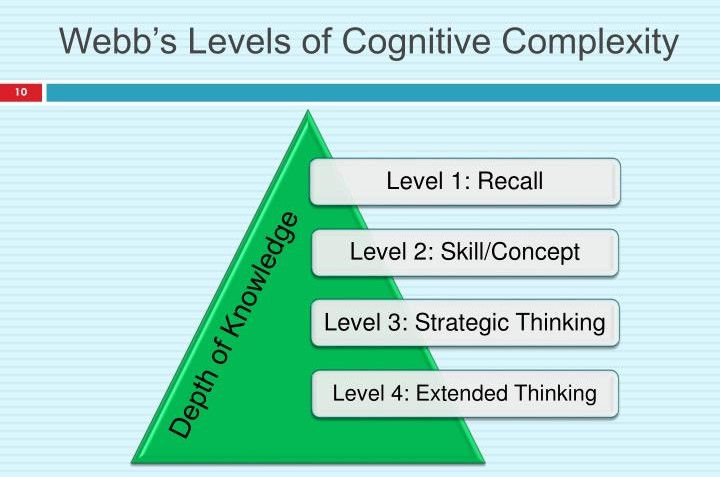Differentiated Instruction: A Beginner's Guide for New Teachers
- Akriti Verma

- Dec 24, 2022
- 2 min read

As a new teacher, one of your biggest challenges may be meeting the diverse needs and abilities of your students. Differentiated instruction is an approach that can help you tailor your teaching to meet the needs of all learners. In this post, we'll explore some strategies and tips for implementing differentiated instruction in your classroom.
Get to Know Your Students
To effectively differentiate your instruction, you need to understand the unique needs and abilities of each of your students. Take the time to get to know your students as individuals, including their strengths, weaknesses, and learning styles.
Use Varied Assessments
Varied assessments can help you get a better understanding of what your students know and can do, which in turn can inform your instruction. Use a variety of assessment types, such as formative assessments, summative assessments, and performance tasks.
Provide Options for Learning
Providing students with options for learning can help them engage with the material and find the approach that works best for them. This can include providing different materials, formats, or approaches to the same content.
Group Students for Learning
Grouping students based on their needs and abilities can also help you differentiate your instruction. Consider grouping students for collaborative learning, ability grouping, or flexible grouping.
Adjust Content, Process, and Product
When differentiating instruction, you can adjust the content, process, or product of your instruction to meet the needs of all learners. This can include providing additional support, more challenging content, or different types of assignments or assessments.
Provide Ongoing Feedback
Finally, providing ongoing feedback is an important component of differentiated instruction. This can include feedback on assignments, assessments, or classroom behavior, and can help your students improve their learning and feel supported and motivated.
By implementing these strategies, you can successfully differentiate your instruction and meet the diverse needs of your students. Remember to be flexible, open to feedback, and willing to try new approaches as you develop your skills in differentiated instruction.








Comments